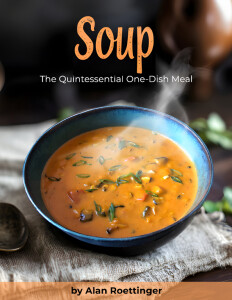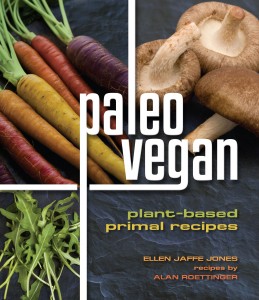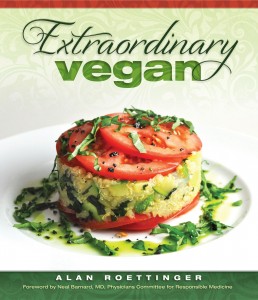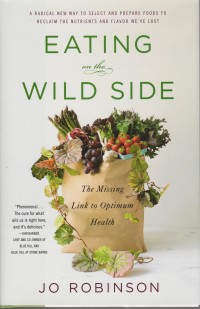 |
| “Agua de Chia,” a.k.a. “Chia Fresca” |
You may have noticed that chia seeds have joined the growing list of “superfoods,” and are now being added to all sorts of health snacks. This is hilarious to me, because chia has been a staple food for native American tribes for hundreds, if not thousands of years. Aztec warriors valued chia for the endurance it afforded them in battle. The Tarahumara of northern Mexico, as well as Apaches and other tribes of the southwest, would routinely run a hundred miles on nothing but a small amount of chia seeds.
When I was growing up in Mexico, I often saw people drinking “agua de chia,” which was unappealing to me because it looked like a bunch of drowned bugs suspended in a glass of water. I always preferred the “agua de jamaica,” which was a pleasant purplish red, sweet-sour hibiscus tea–a much more kid-friendly drink. I only became interested in chia after reading “Born To Run,” a fascinating book centered largely on the legendary running prowess of the Tarahumaras. I discovered in reading the book, that their secret was a magical drink, “izquiate,” which just happens to be the very same agua de chia that thoroughly turned me off as a kid.
Chia certainly deserves its superfood status. It is the most plentiful plant source of omega-3 fats, essential to the health and function of every single cell in the human body (the name comes from “chian,” which means “oily” in nahuatl, the Aztec language). It contains long chain triglycerides, which help reduce cholesterol buildup on arterial walls. It is an excellent source of whole protein that is easily and readily assimilated. Chia provides high amounts of niacin, iron, phosphorus, manganese, magnesium, potassium, zinc, and calcium (along with boron, which acts as a catalyst for the absorption of calcium). It is also a major source of soluble fiber, important to the health of the entire digestive tract, and by extension, the body’s efficient absorption of nutrients.
Chia’s reputation as an endurance food most likely stems not only from its nutrient content–although that would surely suffice–but from its “hydrophilic” quality, its ability to absorb over twelve times its weight in water. This has two very valuable effects, for everyone, but especially for athletes:
1) By forming mucilage, these water-soluble fibers create a physical barrier separating carbohydrates from the digestive enzymes that break them down, slowing the process considerably. This means that the energy from carbohydrates will become available for the body to burn slowly and steadily, rather than all at once. For an athlete, this translates as a constant. reliable source of energy as opposed to a burst, followed by a sudden loss. For the sedentary public, this means that carbs will remain available to burn for longer periods before being converted to body fat, which ultimately means reduced food cravings and less gained weight.
2) Because chia absorbs so much water, and releases it slowly as it travels through the digestive tract, drinking chia soaked in water will keep athletes hydrated for much longer than the same amount of water by itself. This is especially important in marathon races and similar activities, where water may only be available at intervals, often miles apart.
I’ve developed my own preferred version of the Tarhumara’s izquiate, taking advantage of some more recent fitness and training technology. I start with two cups of water, add a tablespoon of liquid Co-Q 10 with L-carnitine, two teaspoons of D-ribose powder and a heaping teaspoon of creatine monohydrate–all of which combine to help protect the heart, burn fat as fuel, promote muscle regeneration and recovery, and increase energy and stamina. Then I whisk in three tablespoons of organic chia seeds, let the mixture sit for about ten minutes, and whisk again. This produces a very dense, mildly slimy drink, which I chug down about a half-hour before trail running or other workouts.This is the ultimate running food, supplying a long, steady burn, with even hydration throughout. I still bring water with me, but often I come back and my bottle is still half full!








This is great information. I was using chia seeds to get omega three fatty acids because I don’t eat fish. In my mixed martial arts class, the red belt training requires me to run a minimum of 2 miles three times a week for no more than 8 mins per mile in adition to practicing self defense and forms every day. I’m very happy that you are sharing this because at my age being raw and vegan , I’m always looking for sources of energy.
However, chia seeds tend to rase my blood pressor when I consum a good ammount. Have you heard anything about this? Or anyone else has experiened that?
Thank you very much Alan.